Specialized screws, a drill, and the appropriate method are needed to insert screws into concrete. There are no screws stronger than concrete screws when it comes to breaking through concrete. They are available in various lengths, so it’s crucial to keep a few sizes on hand.
Because concrete is a dense substance, you will need a screw that can be inserted into it up to 1 inch (2.5 cm); to ensure that the screw is firmly implanted, add an extra inch (2.5 cm) to the concrete’s thickness plus the thickness of the material you are attaching to it.
It’s crucial to know how to drill the hole while using concrete screws. Due to internal dust accumulation, you must allow for a little extra depth in your drill hole. Because you can vary the hole’s depth to ensure that it is neither too deep nor too shallow, a hammer drill works well for this kind of work.
Table of Contents
- Tips on How to Screw into Concrete
- Two Types of Screw Head
- Concrete Screws
- How Screw Into Concrete
- Concrete Fasteners
- Can You Put Screws in Concrete Slab?
- Can You Put Screws in Concrete Without Drilling?
- Masonry Screws
- How to Drill Into Concrete
- How are Screws Secured in a Concrete?
- Frequently Asked Questions
- In Summary: Screw in Concrete
- References
- Recommended Posts
Tips on How to Screw into Concrete
Below is a few tips on how to screw into concrete:
#1. Take Note of Where The Hole Is
Marking the locations where you will need to drill for your fixings is advised, even though it may not always be essential, particularly if you need to drill more than one hole to balance the loads.
#2. Understand How to Drill The Hole
Prepare your drill by marking the appropriate drilling depth on the drill or by adjusting the depth control bar, if applicable. This may vary depending on the thickness of the application you are putting as well as the length of the screw or anchor you are attempting to fix.
#3. Bore The Hole
If this is your first time drilling into concrete, start carefully to ensure you have control. Your drilling speed will increase as soon as the hole is made.
Read more: Top 50 Inspirational Paintings of all Times and Their Cost.
4. Clear The Hole
Making sure to remove any dust from the hole after drilling is a crucial step. The anchors’ strength and holding will be enhanced by clearing any dust. A can of pressurized air, an air pump, or a vacuum could be used.
#5. Set Your Concrete Anchor in Place.
Two Types of Screw Head
Hex head or flat head Phillips screws are the two types available for use with concrete. The location of the screw will determine which type is best because hex screws are simpler to drive in but have less aesthetic appeal due to elevated caps that prevent them from being flush with the surface.
After aligning the screw, drive it in with the drill while maintaining a steady low-to-medium pressure. Steer clear of driving the screw in too quickly as this could damage the threads and break the screw head.
When driving screws into concrete, there are occasionally issues that may arise. The hole may not be deep enough or there may be too much dirt inside if you’re having problems getting the screw to go in.
It could be necessary to insert a plastic anchor into the hole and drive the screw straight into it if the screw spins without grip and does not tighten.
Concrete Screws
There is no need for pounding when installing a screw into concrete; all you need to do is drill a hole, clean it out, and insert the screw! When trying to fasten near an edge, concrete screws are a great choice because they don’t expand and put less strain on the base material.
Even though it can appear simple, you must make sure you follow the ETA’s instructions for the precise installation procedure. This involves making sure the drill hole is clean, using the proper torque, and not overtightening the screws.
Also read: How to Do Home Electrical Repairs on Your Own: Full Guide
How Screw Into Concrete
All you need to do to install a screw in concrete is drill a hole and insert the screw. When trying to fasten near an edge, concrete screws are a great choice because they don’t expand and put less strain on the base material.
Hex head and flat head screws are the two types of heads that come with concrete screws. Your choice depends on where the screw is located. Hex screws are simpler to fit but don’t look as nice because the head is elevated and doesn’t sit flush with the surface.
Concrete Fasteners
The following is a list of some of the other most often used concrete fasteners available on the market: frame fixings, chemical anchors, sleeve anchors, and concrete screws. Each has unique qualities, therefore the best option for you will depend on your needs.
Sleeve anchors are a great option for wall installations because of their larger width, which increases shear resistance. They are used to attach both structural and non-structural parts to concrete.
See also: How to Repair an Oven: Tips and Guidelines
For heavy-duty repairs, chemical anchors offer a more versatile solution than mechanical anchors. As they do not put stress on the base material, they can be employed in close proximity to the edge and at shorter spacings. In addition to concrete, they can also be employed with a wide variety of foundation materials.
Concrete fastening of frame fixes, such the Multifunction frame plug MFR, is authorized by ETA. In addition to offering them high load values, the lateral bars’ long expansion area and early expansion provide a secure grasp.
Can You Put Screws in Concrete Slab?
The process of installing a screw into concrete only involves drilling a hole and inserting the screw into it. Since they don’t expand and put less strain on the base material, concrete screws are a great choice for fastening near edges.
Read related post: How Drywall Works | Full Guide and Details
Can You Put Screws in Concrete Without Drilling?
Is it possible to screw right into concrete? A simple and quick method of fastening to concrete is with concrete screws. The best thing about these screws is that they don’t require hammering, an anchor, or a shield to install, you can screw them straight into concrete.
Masonry Screws
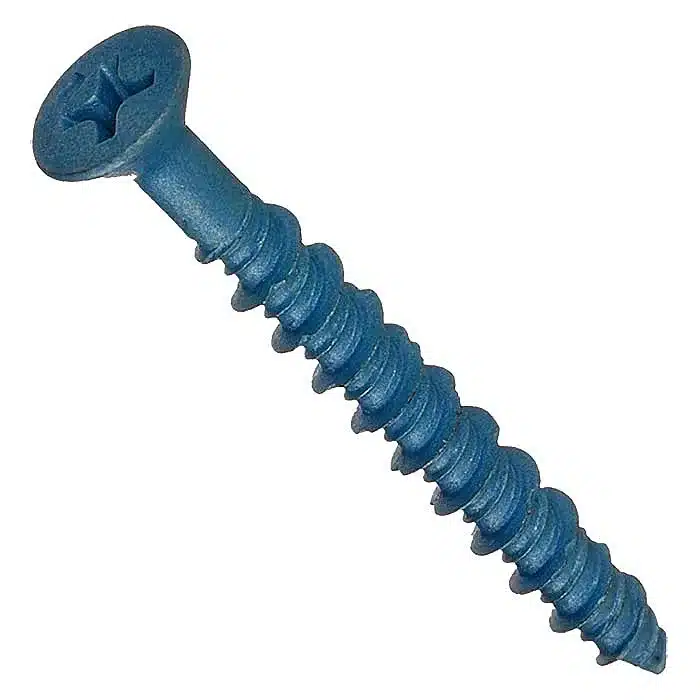
The Ramset Masonry Screw is 100% detachable. Because of its self-tapping, rotation-setting installation method’s low expansion pressure and consequent resistance to substrate burst, it is perfect for usage in concrete, brick, or block (both solid and hollow).
How to Drill Into Concrete
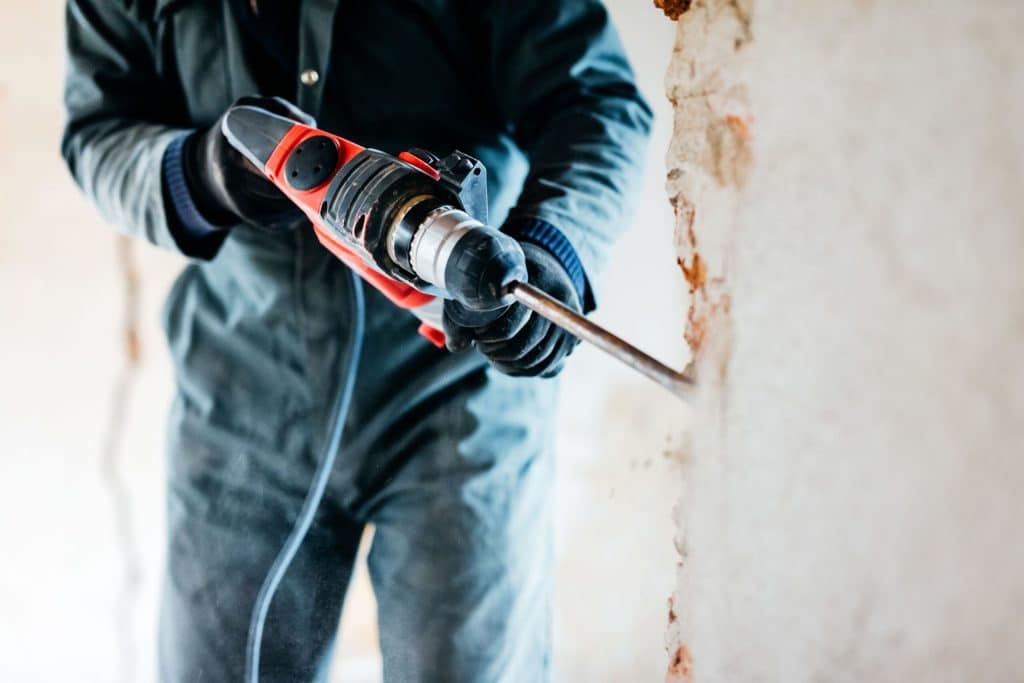
Place the drill bit on the mark you made on the concrete and drill perpendicular to the surface. For optimum control, start the drill at its slowest speed and increase it as the hole is produced. Don’t force the drill; instead, drill forward steadily and lightly.
How are Screws Secured in a Concrete?
Instead of using screws to firmly fasten something to concrete, insert threaded rod into the concrete while it is still setting and then fasten it to the object. Threaded rod is similar to a bolt but lacks the end bit that is often used to accommodate a wrench or spanner.
See this article: What’s the Best Type of Adhesive for Vinyl Floors?
After the concrete has dried, you may use a masonry bit to drill a hole and then use heavy-duty steel wall plugs like these to attach anything relatively light to it.
Frequently Asked Questions
The process of installing a screw into concrete only involves drilling a hole and inserting the screw into it. Because they don’t expand and put less strain on the base material, concrete screws are a great choice for fastening near edges.
Yes, when drilling into concrete, it often cracks, which makes it easy for the drill bit to come loose and destroy the hole. Finally, because to all of these reasons, rebar—steel rods embedded within concrete—is a common component. Drilling through becomes considerably more challenging as a result.
For cement or cement boards, you should not use drywall or other kinds of screws since these materials need screws that are long-lasting and resistant to breaking. Special threaded steel screws are known as cement screws. When using materials like brick, block, or concrete, these screws produce a precise fit.
A standard rotary drill can be used to drill into concrete. Compared to hammer drills, rotary drills need more physical effort and take longer to drill through concrete. Overheating might cause the drill bit to shatter.
In Summary: Screw in Concrete
The concrete screw, as we have already said, enables quicker installations as fewer stages are required for the installation. It also offers flexibility, as the screw may be easily removed once installed if necessary.
When a project changes or a mistake is made and the fastener placement needs to be altered, this is ideal.
References
Recommended Posts
DISCLOSURE: This post may contain affiliate links, meaning when you click the links and make a purchase, we receive a commission.
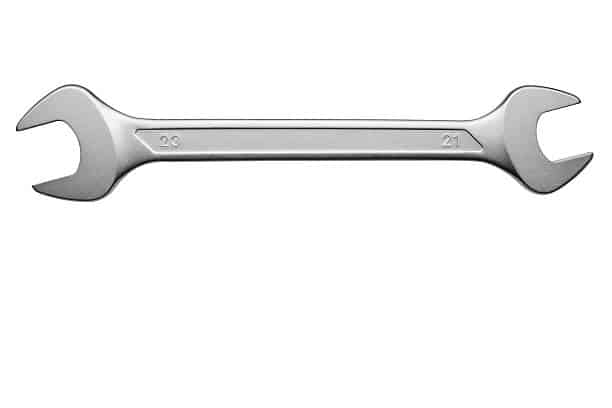
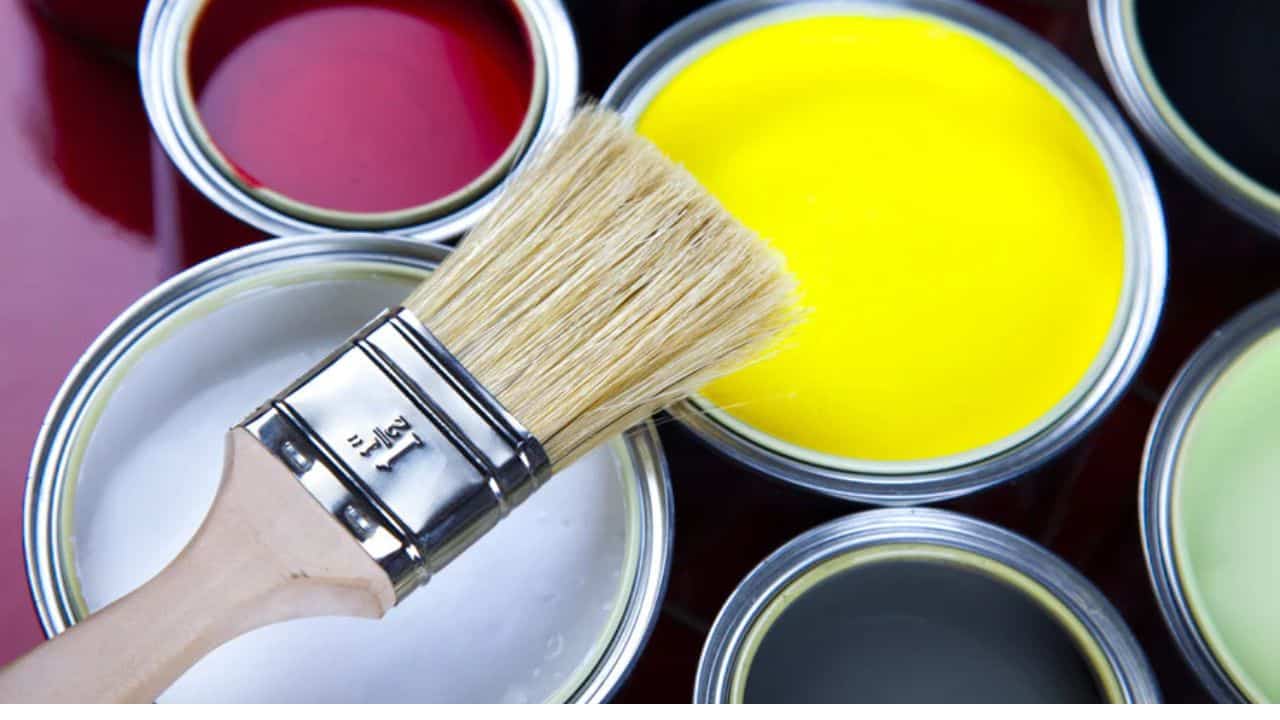


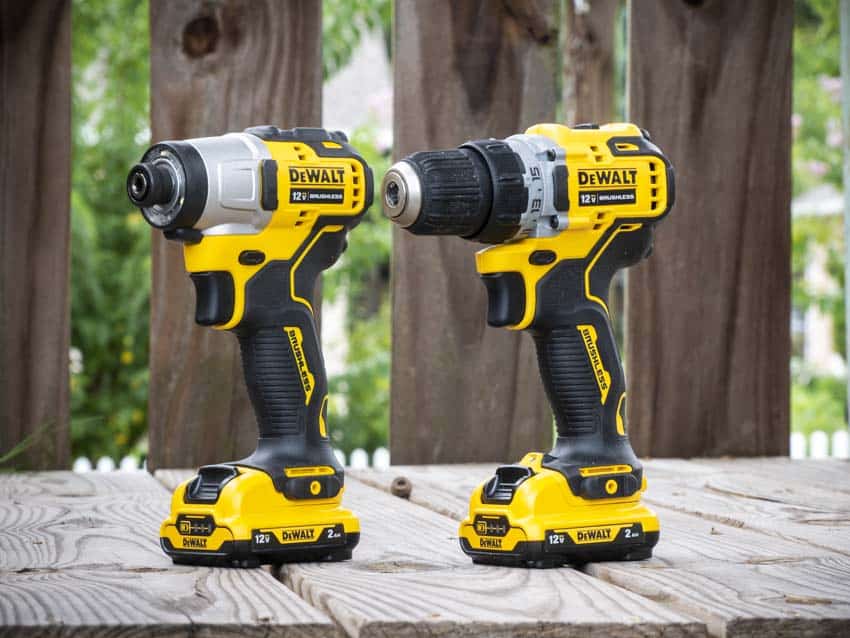
1 comment
Comments are closed.